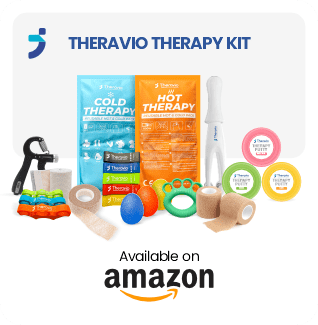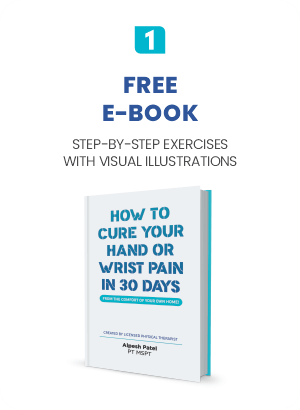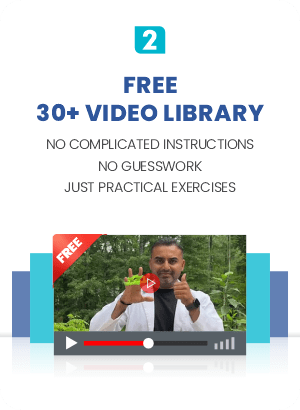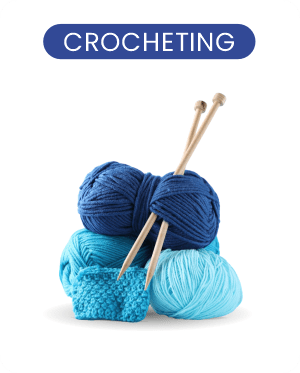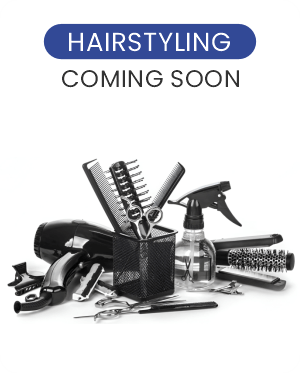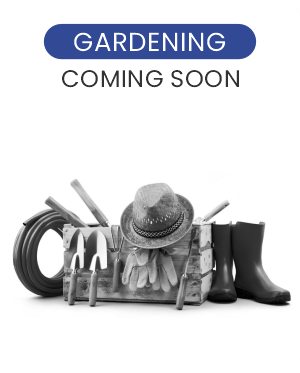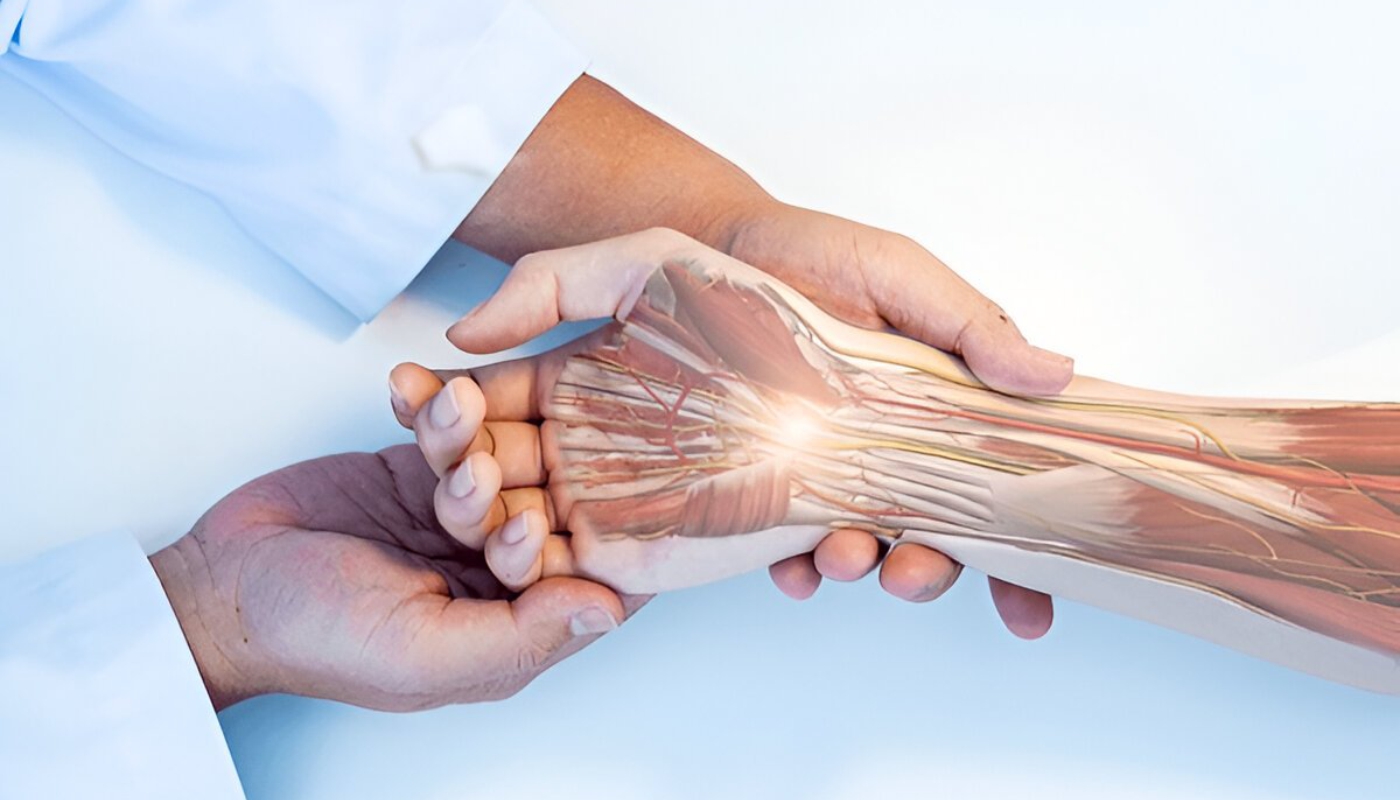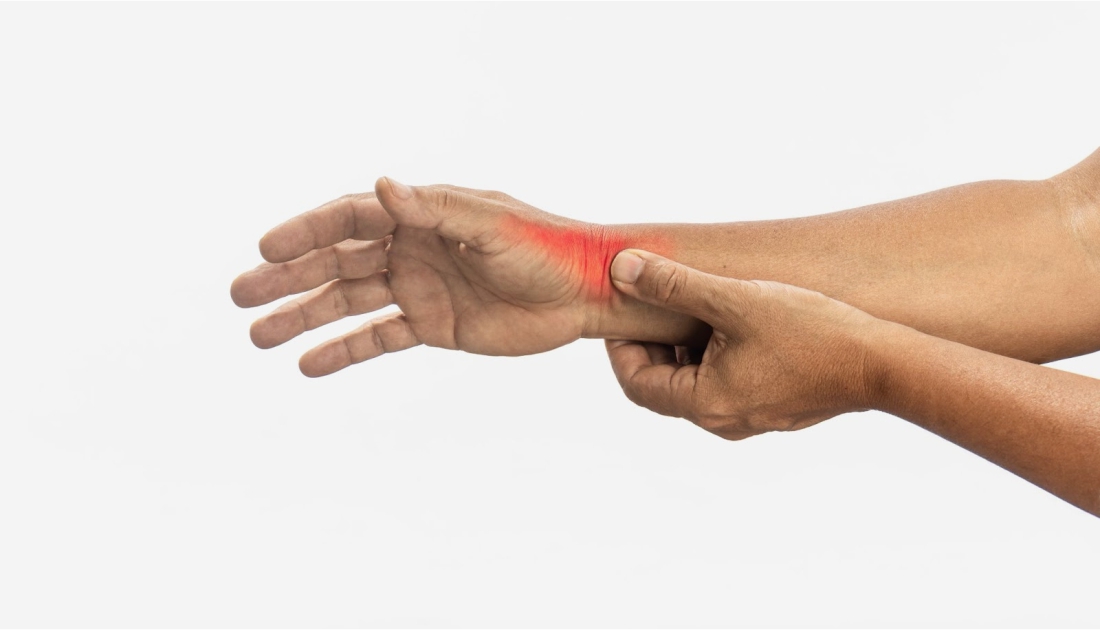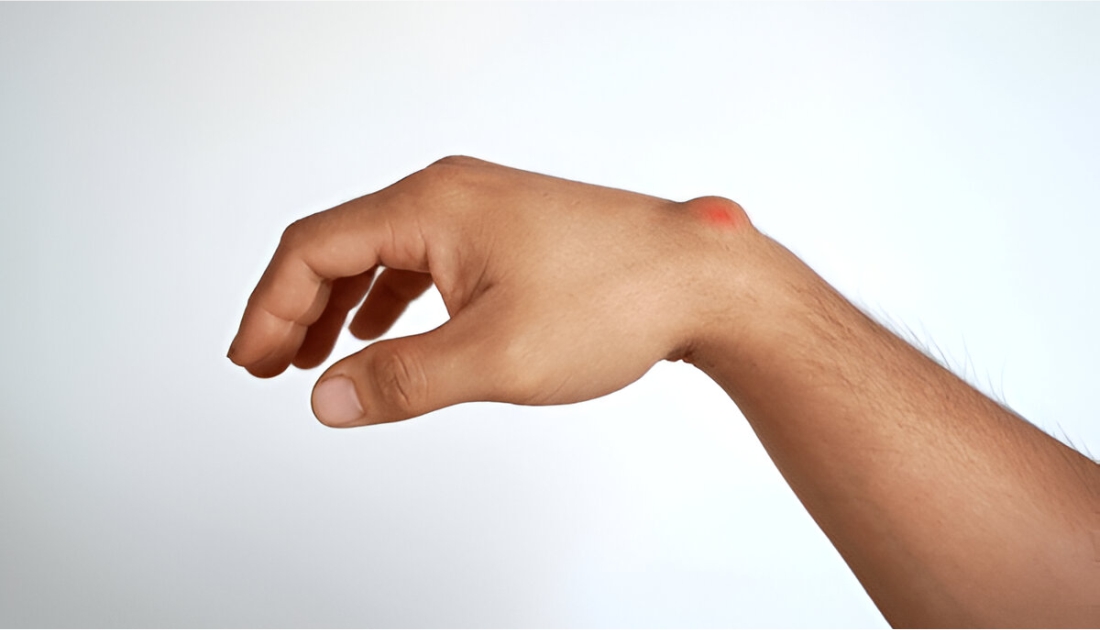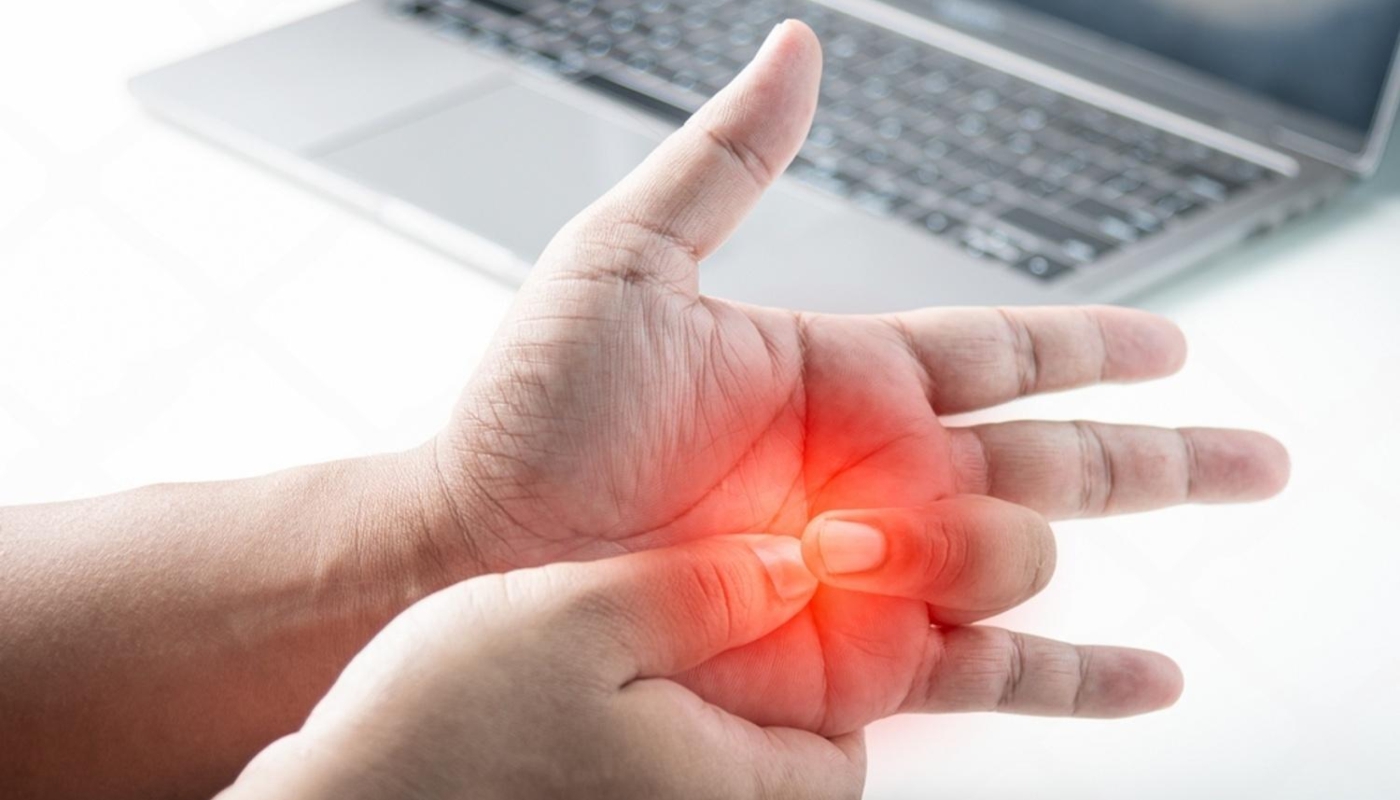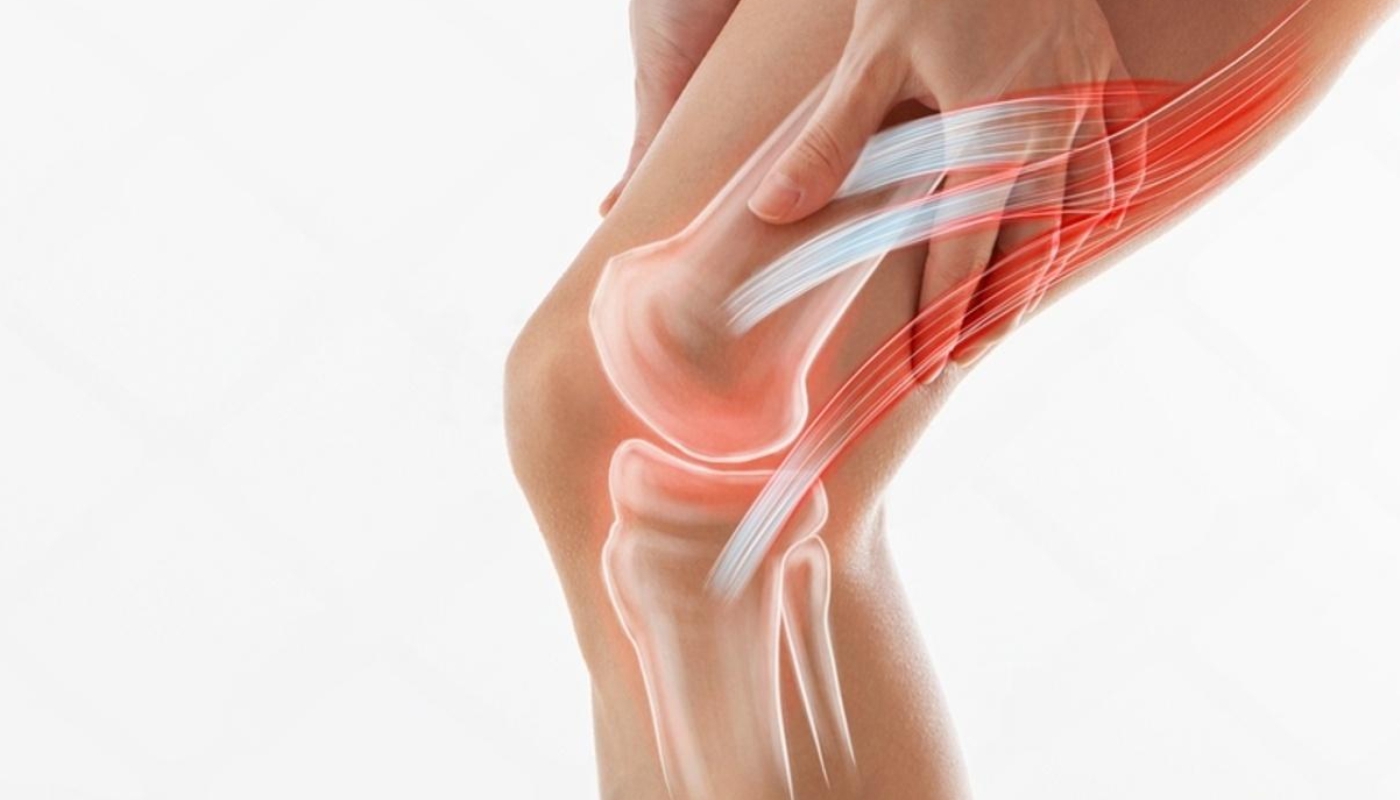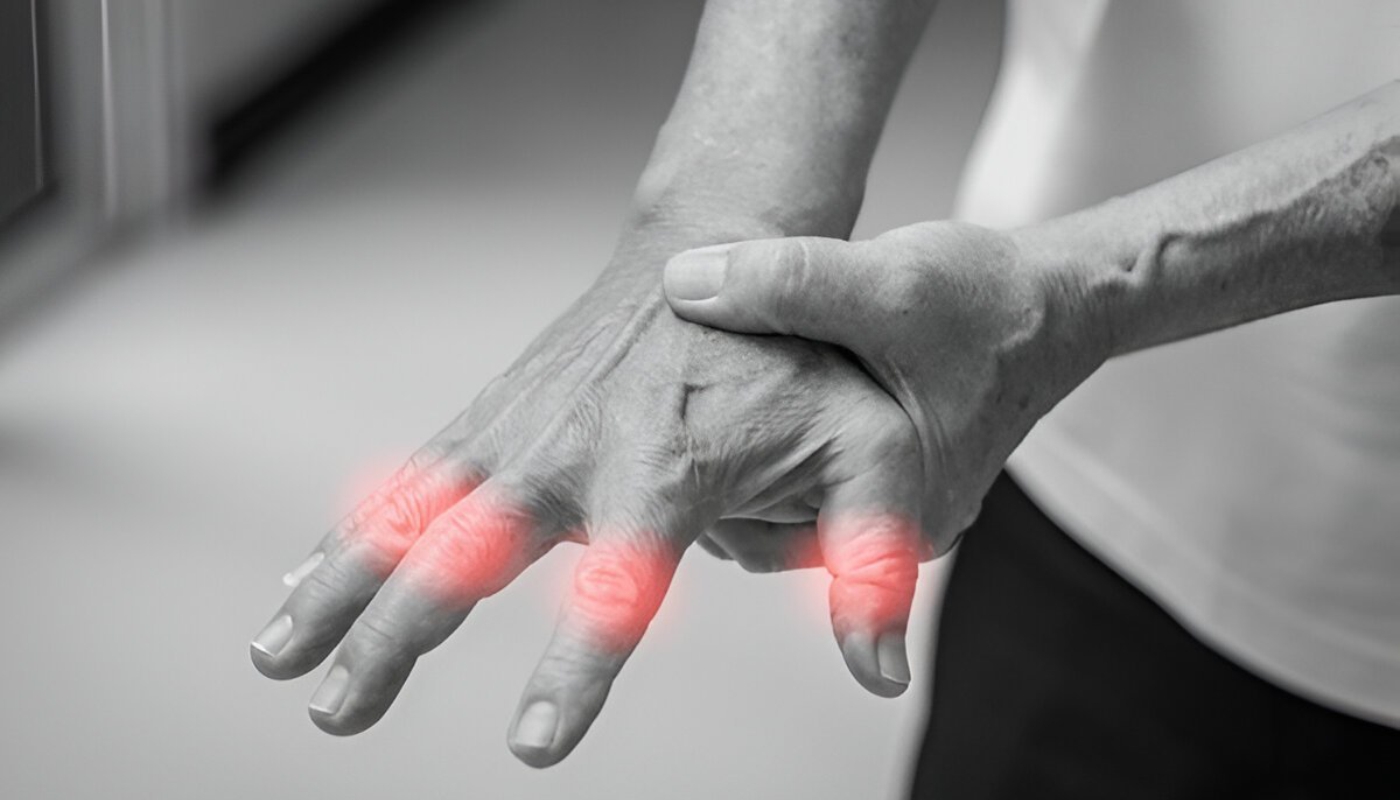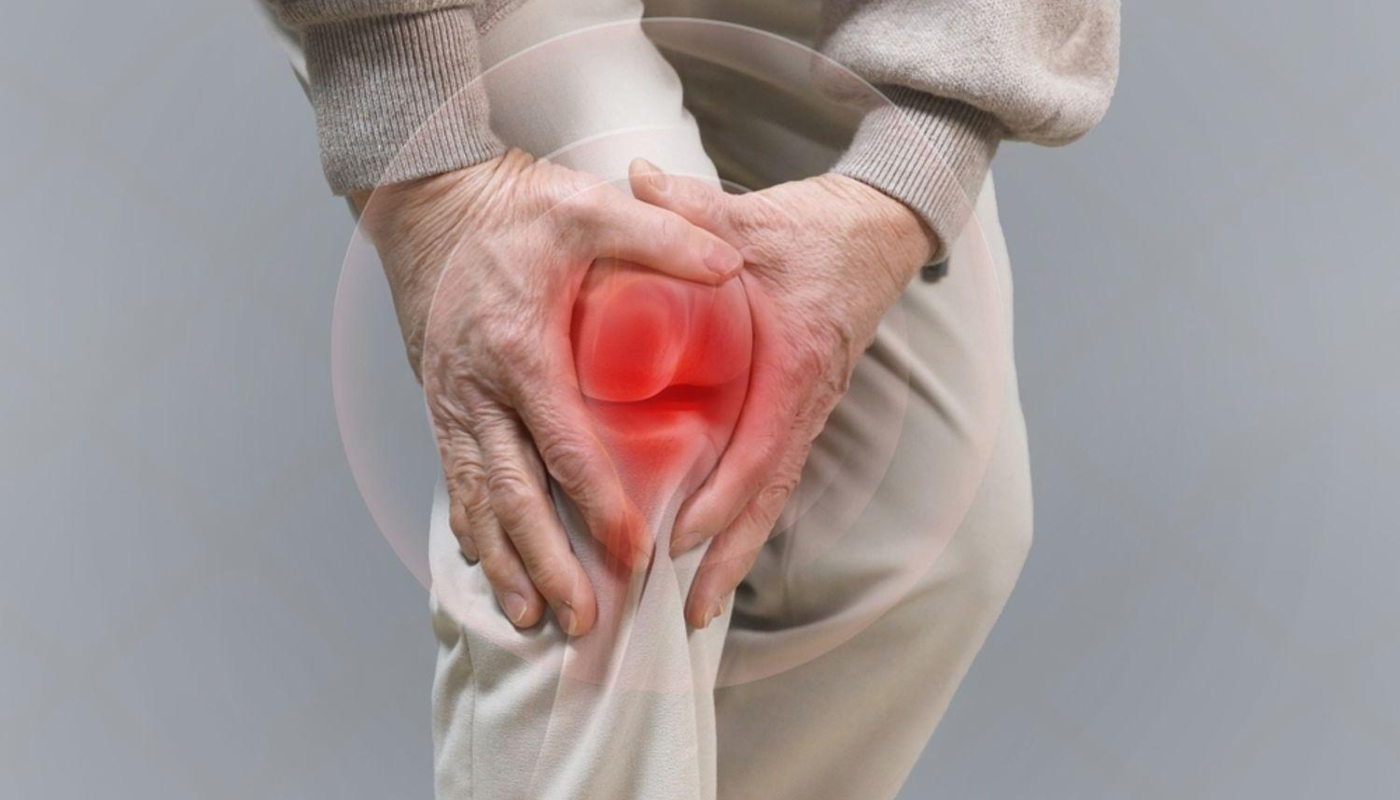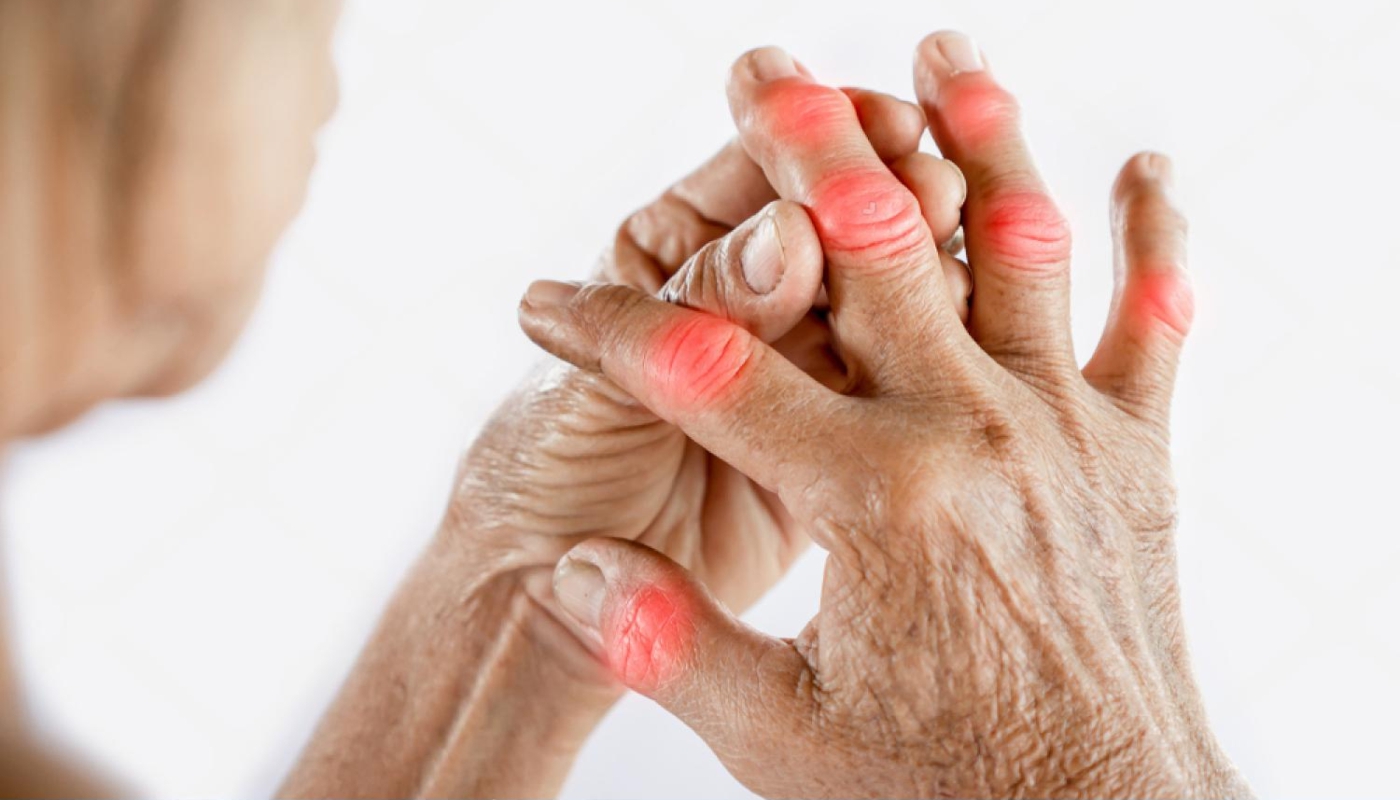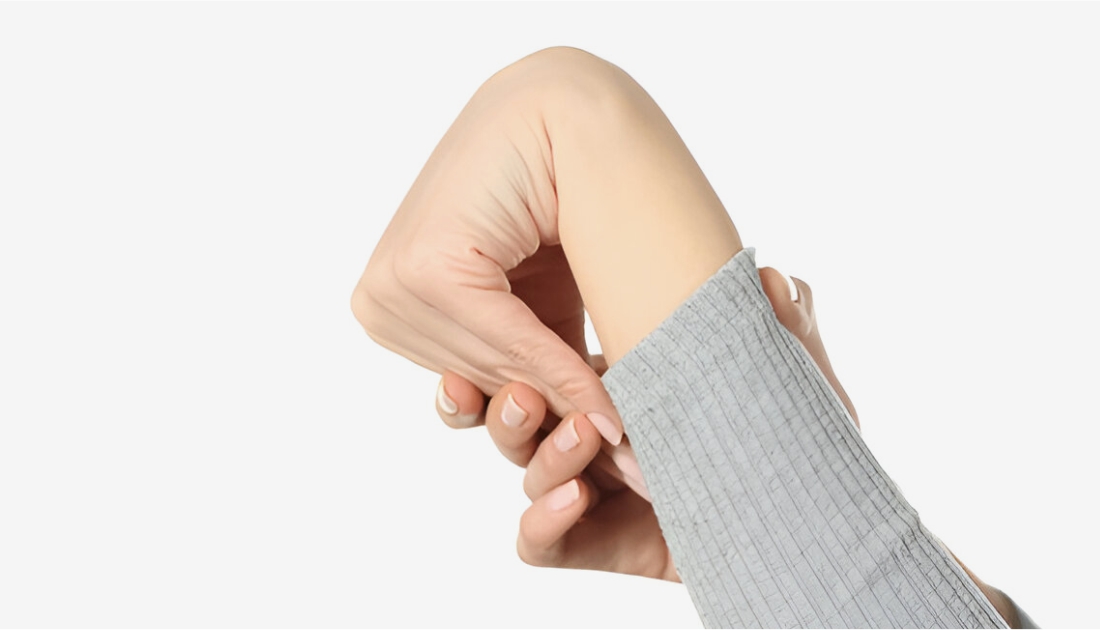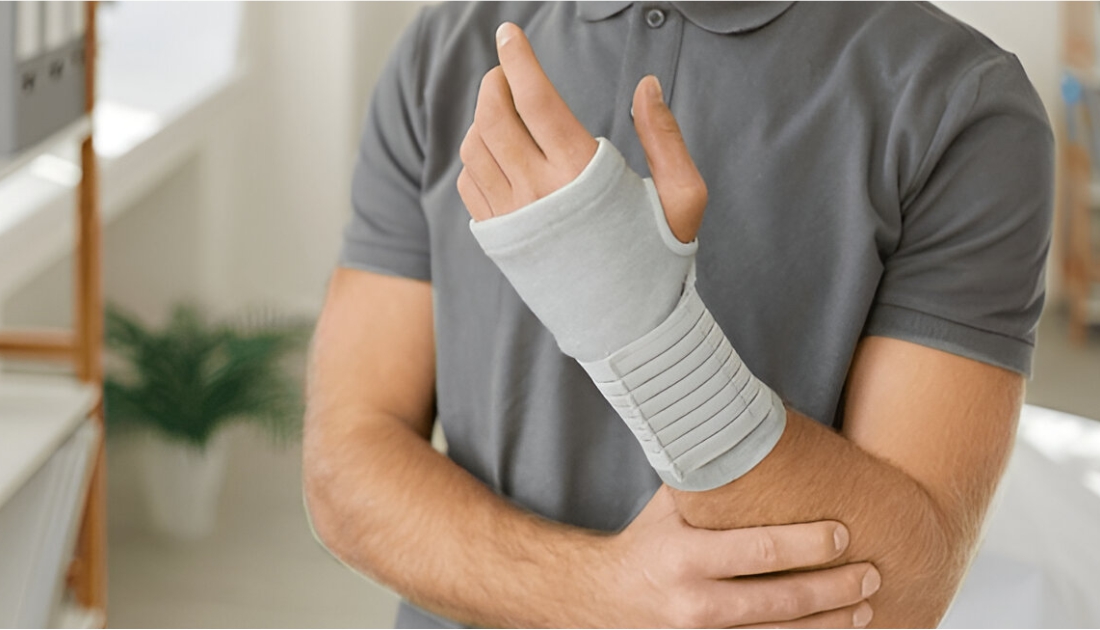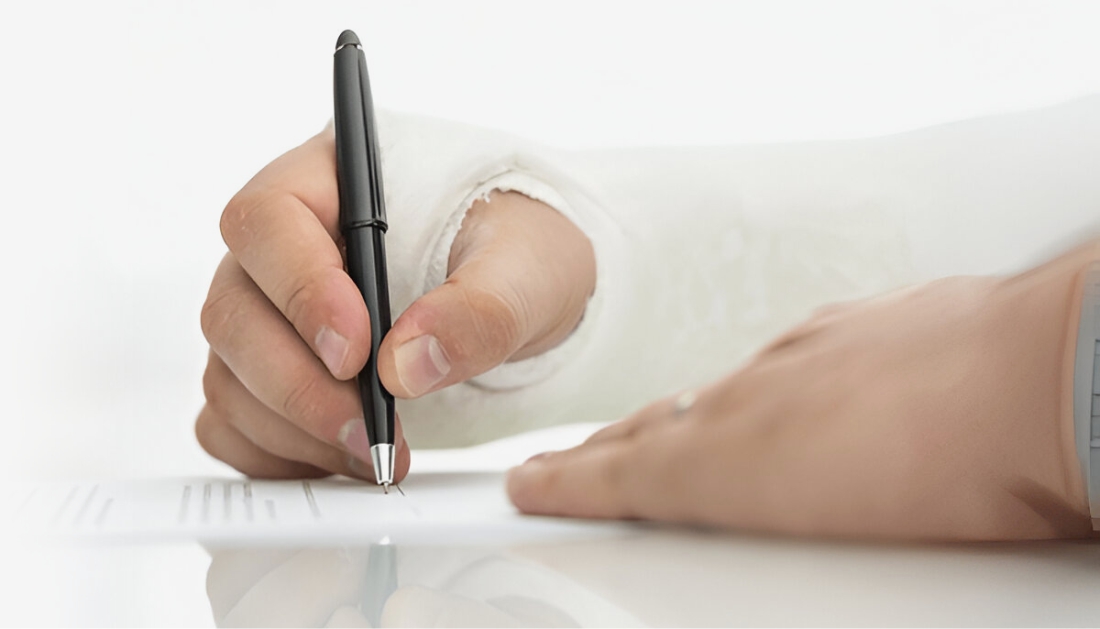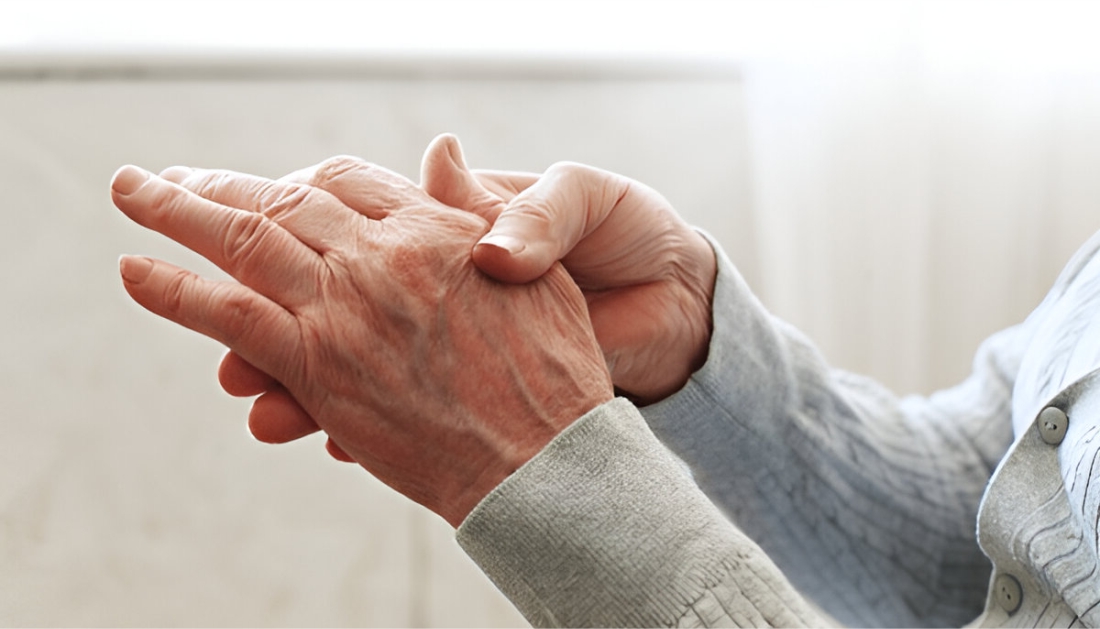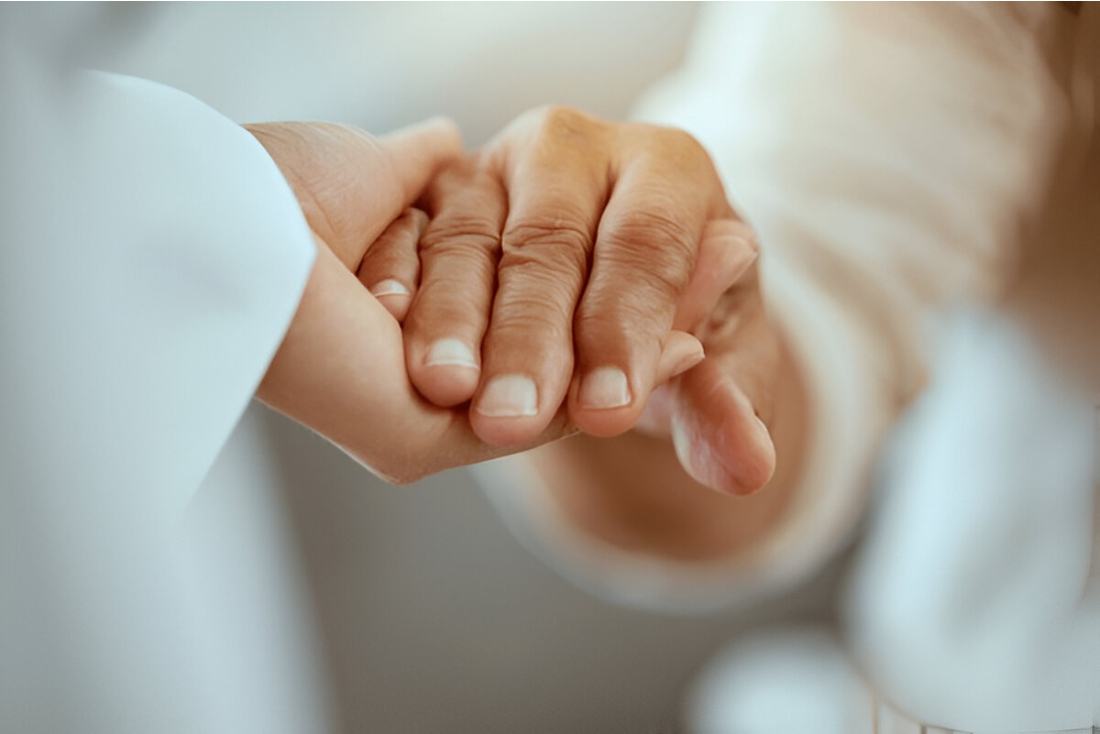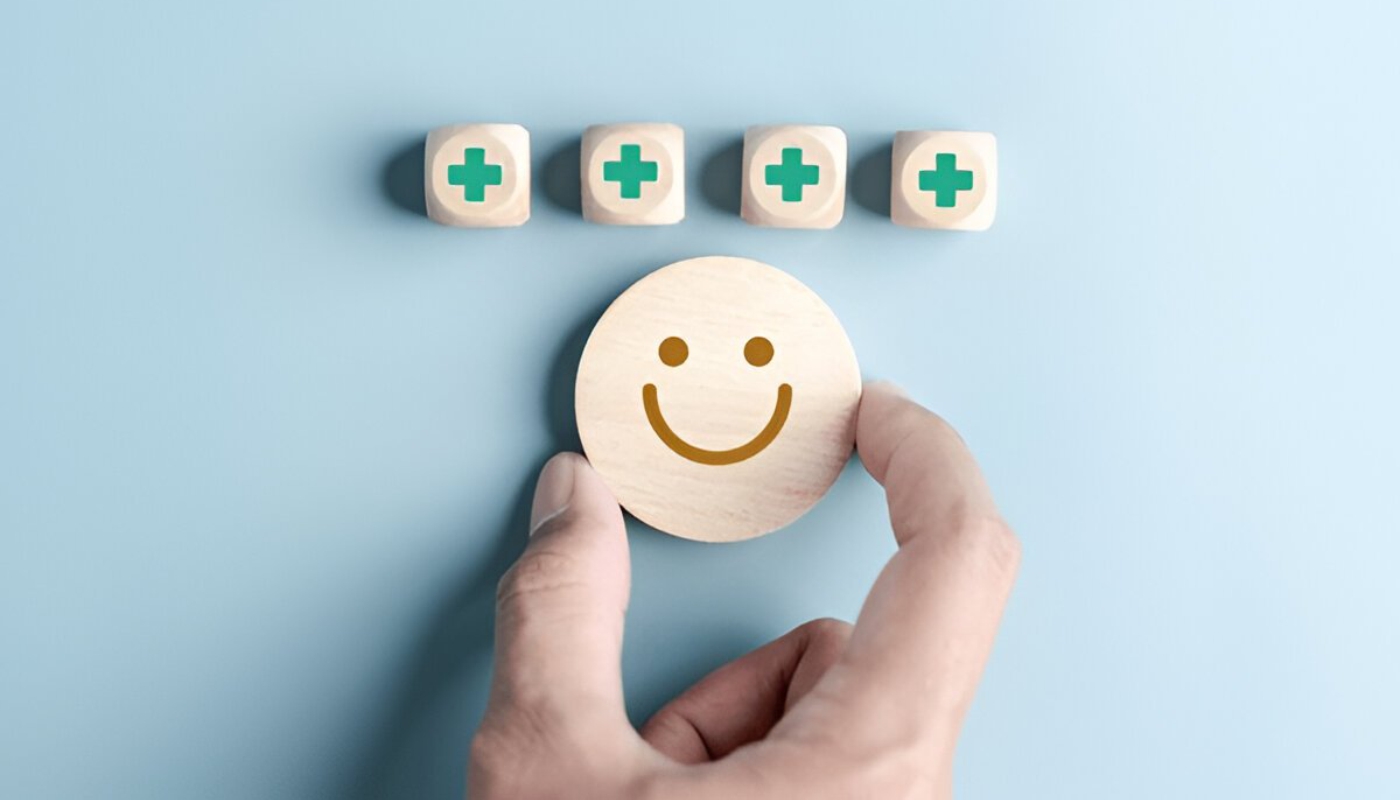Hand stroke rehabilitation is a vital component of recovery for individuals who have experienced a stroke. Understanding the intricacies of this rehabilitation process can significantly enhance the effectiveness of recovery efforts. The primary goal of hand stroke rehabilitation is to restore mobility, improve coordination, and regain independence in daily activities.
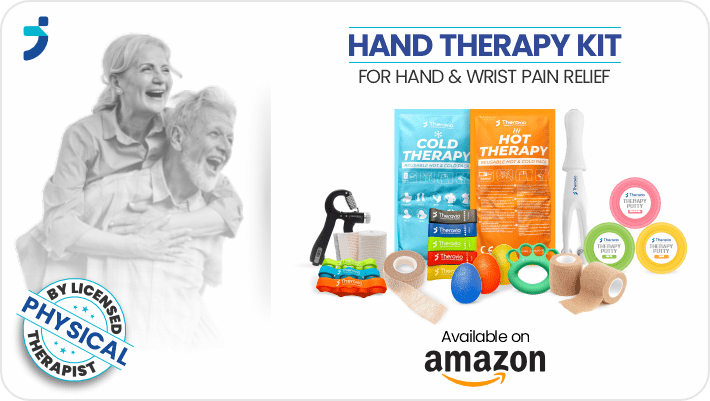
Rehabilitation typically involves a range of therapeutic techniques and exercises tailored to the individual's specific needs. This may include:
- Physical therapy to strengthen muscles and improve movement.
- Occupational therapy to assist with daily living skills.
- Speech therapy for those who experience communication difficulties.
Additionally, utilizing tools and resources designed for rehabilitation can enhance the recovery process. At Theravio, we offer a variety of scientifically backed tools that support patients in their rehabilitation journey. These resources are designed not only to aid in physical recovery but also to empower individuals through education and support.
Understanding the importance of hand stroke rehabilitation goes beyond physical recovery; it fosters emotional well-being and independence. By engaging in a structured rehabilitation program, individuals can regain confidence and improve their quality of life. Explore our offerings and take the next step towards effective recovery on your path to better health.
Common Challenges in Hand Stroke Recovery Process
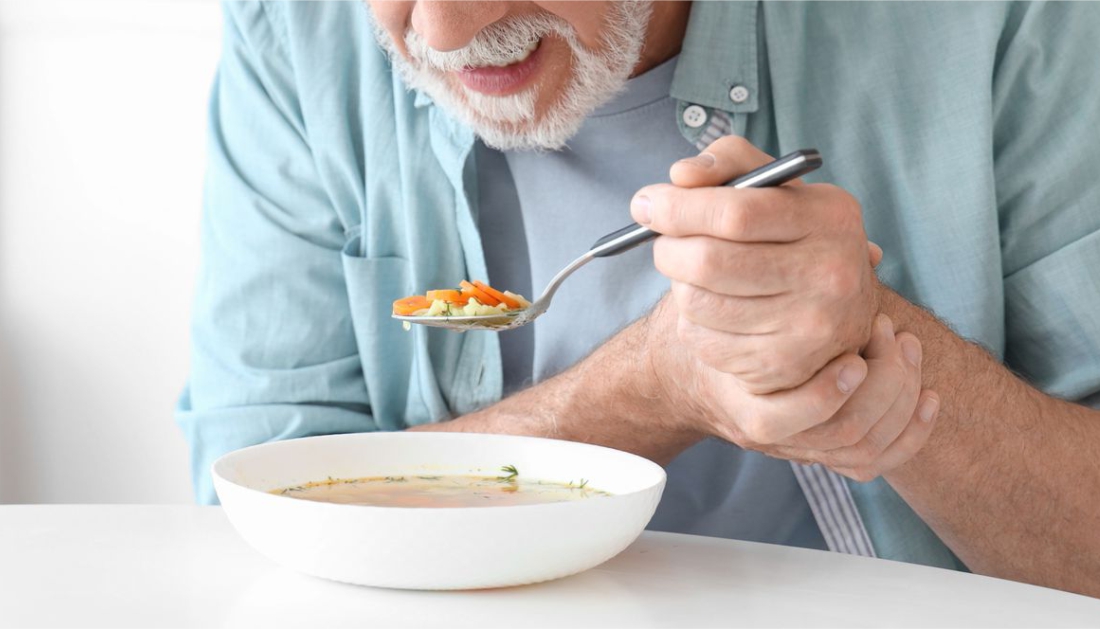
The journey of hand stroke recovery is often filled with numerous challenges that can hinder progress and affect motivation. Understanding these challenges is essential for both patients and caregivers, as it allows for better preparation and management throughout the rehabilitation process.
Some of the most common challenges faced during hand stroke rehabilitation include:
- Physical Limitations: Many stroke survivors experience weakness or paralysis on one side of the body, which can make it difficult to perform basic tasks. This limitation can lead to frustration and a feeling of dependency on others.
- Emotional and Psychological Barriers: Feelings of anxiety, depression, and frustration are common among individuals recovering from a stroke. These emotional challenges can impact motivation and overall outlook on recovery.
- Communication Difficulties: Stroke can affect cognitive functions and language skills, making it hard for individuals to express their needs or understand instructions. This can complicate therapy and hinder progress.
- Access to Resources: Limited access to rehabilitation facilities, equipment, or knowledgeable care providers can pose significant barriers. This is particularly challenging for those living in rural or underserved areas.
Addressing these challenges requires a comprehensive approach that combines physical therapy, emotional support, and practical resources. By acknowledging the potential obstacles in the recovery process, individuals and their families can develop strategies to overcome them, ultimately leading to a more successful rehabilitation journey.
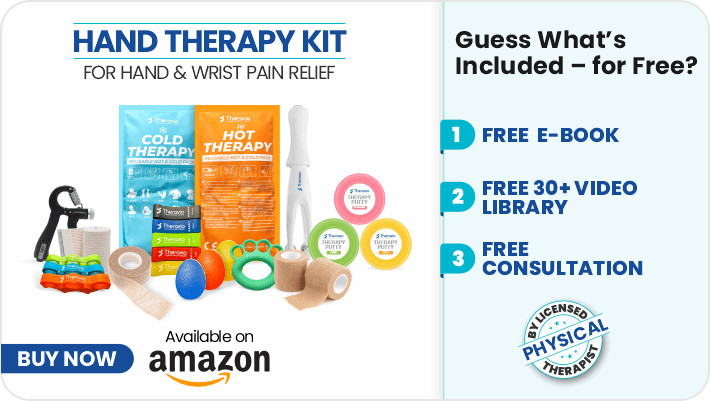
Effective Exercises for Improving Hand Mobility
Improving hand mobility after a stroke is crucial for regaining independence and enhancing the quality of life. A tailored exercise regimen can help strengthen muscles, improve coordination, and promote overall functionality. Below are some effective exercises designed to aid in hand stroke rehabilitation:
- Wrist Flexion and Extension: While sitting or standing, extend your arm with your palm facing down. Slowly bend your wrist, bringing your fingers toward your forearm, and then extend your wrist back to the starting position. Repeat this motion for 10-15 repetitions to improve wrist strength and flexibility.
- Finger Tapping: Place your hand flat on a table or surface. Tap each finger to your thumb in sequence, starting with your index finger and moving to your pinky. This exercise enhances finger dexterity and coordination.
- Hand Squeezes: Using a soft stress ball or a rolled-up towel, practice squeezing and releasing the object. This exercise helps strengthen the muscles in the hand and improves grip strength. Aim for 10-15 squeezes, taking breaks as needed.
- Thumb Opposition: Touch the tip of your thumb to the tips of each finger one at a time, forming an "O" shape. This movement assists in improving thumb mobility and coordination.
Incorporating these exercises into a daily routine can significantly enhance hand mobility and functionality. It’s important to consult with a healthcare professional or physical therapist to tailor an exercise program that suits individual needs and ensures safety. Consistency and patience are key to seeing improvements in hand stroke rehabilitation.
Therapeutic Tools and Resources for Rehabilitation
In the journey of hand stroke rehabilitation, utilizing therapeutic tools can greatly enhance recovery outcomes. These resources are designed to support individuals in regaining strength, coordination, and independence. Here are some effective tools and resources to consider:
- Therapeutic Putty: This versatile tool comes in varying resistance levels and is ideal for hand strengthening exercises. Users can squeeze, stretch, and mold the putty to improve grip strength and dexterity.
- Finger Weights: Adding small weights to fingers during exercises can help build muscle strength. Finger weights are easy to use and can be incorporated into various rehabilitation exercises.
- Hand Grippers: These portable devices provide resistance training for the hand and forearm. Regular use can significantly improve grip strength and overall hand function.
- Adaptive Utensils: Tools designed with larger, ergonomically shaped handles can make everyday tasks easier for those with limited hand mobility. These utensils can enhance independence in eating, writing, and other daily activities.
- Mobile Apps: There are numerous apps available that offer guided rehabilitation exercises and track progress. These digital resources can serve as motivational tools, helping users adhere to their rehabilitation plans.
Incorporating these therapeutic tools into rehabilitation routines is essential for optimizing recovery. Partnering with healthcare professionals can ensure that individuals select the appropriate tools that align with their specific needs and rehabilitation goals.
Creating a Personalized Rehabilitation Plan
Creating a personalized rehabilitation plan is crucial for effective hand stroke rehabilitation. Each individual's journey is unique, and a tailored approach helps address specific challenges and goals. Here are key components to consider when developing a personalized plan:
- Assessment of Needs: Begin with a comprehensive evaluation conducted by a healthcare professional. This assessment should identify the extent of the stroke's impact on hand function, mobility, and daily activities.
- Goal Setting: Collaborate with the rehabilitation team to set realistic and achievable goals. These may include improvements in grip strength, fine motor skills, or the ability to perform daily tasks independently.
- Incorporation of Therapeutic Tools: Utilize appropriate therapeutic tools and resources tailored to the individual's needs. This can range from adaptive utensils to strengthening devices, ensuring that the plan is well-rounded and effective.
- Exercise Routine: Develop a structured exercise regimen that includes stretching, strength training, and coordination exercises. Regular practice is vital for progress, and exercises should be adjusted as the individual improves.
- Regular Monitoring: Schedule periodic reviews with healthcare providers to assess progress and make necessary adjustments to the plan. This ensures that rehabilitation remains aligned with the individual’s evolving needs and goals.
By following these steps, individuals can create a dynamic rehabilitation plan that fosters recovery and supports long-term independence. A well-structured approach not only enhances physical recovery but also boosts confidence and overall well-being.
Maintaining Motivation Throughout the Recovery Journey
Maintaining motivation throughout the recovery journey is essential for successful hand stroke rehabilitation. The path to recovery can be challenging and may involve ups and downs, but staying positive and engaged can significantly enhance outcomes. Here are some strategies to help maintain motivation:
- Set Short-Term Goals: Break down the rehabilitation process into smaller, achievable milestones. Celebrating these short-term successes can provide a sense of accomplishment and encourage continued effort.
- Track Progress: Keep a journal or use apps to document daily improvements and setbacks. Visualizing progress can be a powerful motivator and serve as a reminder of how far one has come.
- Stay Connected: Engage with family, friends, or support groups who understand the challenges of stroke recovery. Sharing experiences and seeking encouragement from others can boost morale and provide valuable insights.
- Incorporate Variety: To prevent boredom, mix up exercises and activities. Trying new approaches or therapeutic tools can keep the process fresh and exciting, reigniting passion for recovery.
- Reward Yourself: Set up a system of rewards for achieving goals, no matter how small. Recognizing your efforts through self-reward can enhance motivation and make the rehabilitation journey more enjoyable.
Remember, maintaining motivation is a continuous process that requires effort and support. To further aid your recovery, explore innovative therapeutic solutions at theravio.com, where you can find tools designed to empower your health journey.



